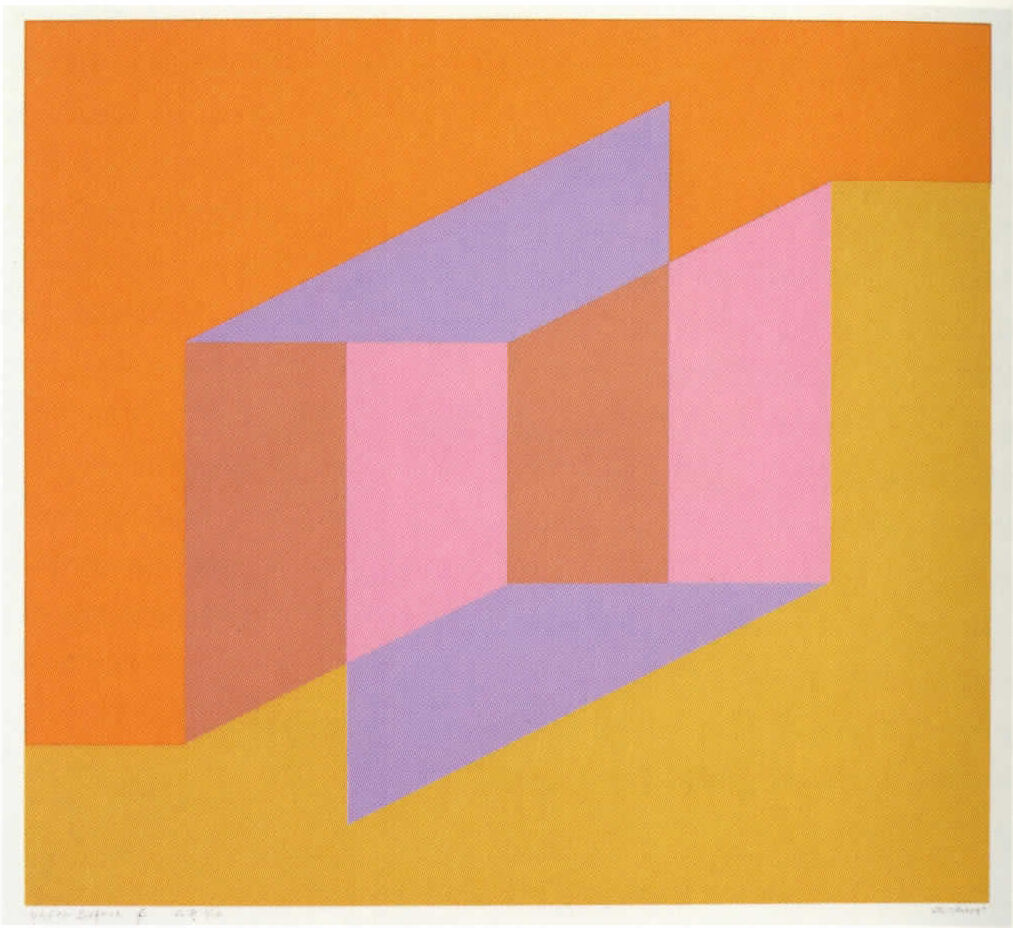Δημήτρης Μυταράς (18 Ιουνίου 1934 - 16 Φεβρουαρίου 2017)
Τι είναι τέχνη;
του Δημήτρη Μυταρά
Art looks like a social phenomenon, but in essence it is an almost natural phenomenon, something like a volcanic eruption. It does not record history, neither does it make one; it does not precede its era, nor does it follow it. Art is love, in its broader sense; it is the expression and the overflow of completeness. It does not obey theories, which it constantly contradicts; it has its own reasoning and is not interpreted with words. Art is not combative or calm, but it is like the wind, which is sometimes fierce and strong and some others calm.
Art does not educate, but it does something more, it connects you to the mystery of existence. It does not pay justice, it is beyond it. Art cannot be socially engaged, but belongs to the innocent, whether it is about those that they are in prison, or the strict manager of the business around the corner.
Art addresses free people, but it is hard for one to realize who these free people are. Art is not interpreted neither by political, nor by artistic manifests. Schools, materials, styles, social reclassification, discussions, philosophies and the texts only deal with the stimuli which create Art. But none of them interprets art itself.
Art does not relate to marketing, auctions, and prices – they all are foreign bodies. Lascaux cave (Grotte de Lascaux) was not a gallery. The artist often ignores if what he has done is good or bad. Rarely do pioneers believe that they are pioneers.
Confident about their pioneering activity are those who follow them. Art is not demystified. “When you scratch a real work of art, it will bleed a bit,” one says. Many things imitate Art and many imitate artists. Many artists respond to questions they do not suspect. They respond to people who did not know the question. Education is one thing, but the spiritual development is another. Art is only interpreted by art, just like a pianist interprets musical composition. Art does not progress, we should not mistake it for science; it just changes faces and manners to express the same things every time. Art is something very simple and the artist is a wise man. Wise is the elderly woman in the apartment across the street, wise –not at all impossible- is the dean of the Academy.
See the faces of the people as they cross the road at a pedestrian crossing. See the worn walls with the torn posters and the colorful mottos. See the ragged clouds as the sun sets in the afternoon. See the tree across the street as the buds blossom waiting for spring. You will have made a good start and there is hope for you to feel the works of all times.
The message of the work of art is always poetic, even when it represents the massacre of Chios or Van Gogh’s boots. It is not necessary to feel and love art. It is just a privilege. But what a privilege!
original article in Greek: 'Δημήτρης Μυταράς, Τι είναι Τέχνη;, Εικαστική Παιδεία 2006, Τεύχος 22'
Translated from Greek by Adamantia Zafiropoulou



















%2C_oil_on_canvas%2C_130_x_88.8_cm%2C_Mus%C3%A9e_Picasso%2C_Paris%2C_France.jpg/800px-Pablo_Picasso%2C_1917-18%2C_Portrait_d'Olga_dans_un_fauteuil_(Olga_in_an_Armchair)%2C_oil_on_canvas%2C_130_x_88.8_cm%2C_Mus%C3%A9e_Picasso%2C_Paris%2C_France.jpg)




















